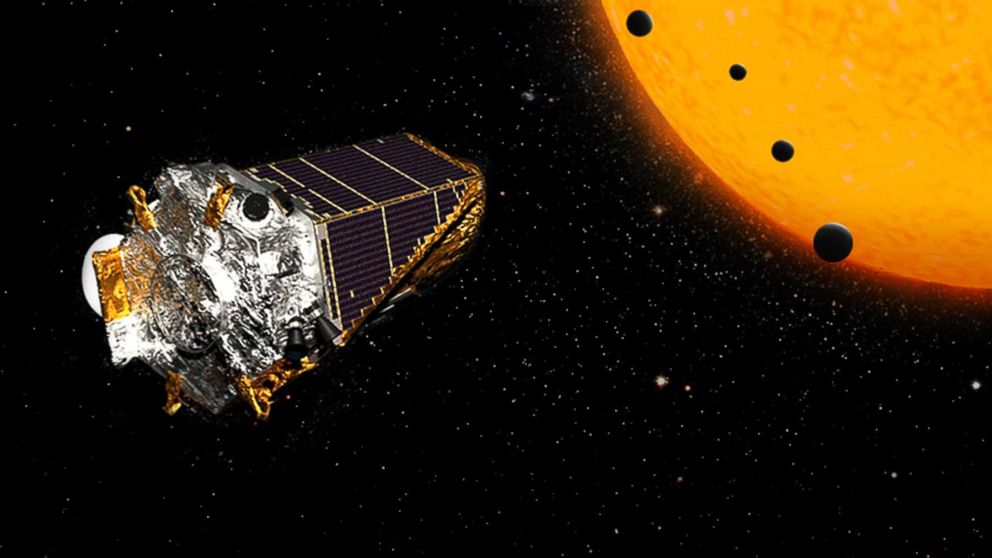Astronomers Discover More Than 100 Exoplanets With NASA Kepler Space Telescope
Only two of the planets have potential for surface water to exist.

— -- An international team of astronomers have discovered more than 100 exoplanets, or planets outside our solar system, according to NASA's Jet Propulsion Laboratory at the California Institute of Technology.
The "treasure trove of new worlds" were found using NASA's Kepler Space Telescope, according to a NASA news release. The telescope, which was launched in 2009, is part of NASA's first mission to find habitable Earth-size planets.
Among the 104 newly confirmed exoplanets is a "promising" planetary system of four planets orbiting a dwarf star more than 181 light-years away, NASA said.
Though two of the planets "are too hot to support life as we know it," two other planets in this system -- K2-72c and K2-72e -- are in the star's "habitable" zone, NASA said. This means that liquid water could exist on these planets' surfaces.
The only problem is K2-72c and K2-72 circle so close to their star that their orbits are even tighter than that of Mercury's around the sun, and Mercury is the closest planet to our sun.
Despite this fact, the possibility that life could arise cannot be ruled out, according to Ian Crossfield, a Sagan Fellow at the University of Arizona's Lunar and Planetary Laboratory in Tucson.




